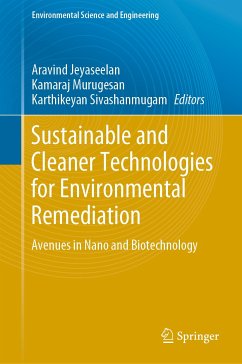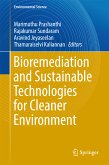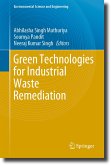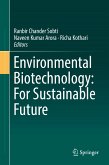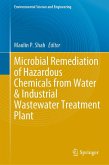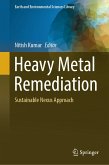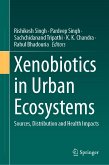The ever-increasing population and the associated anthropogenic activities have imparted an adverse impact on the environment, resulting in an escalating pollution crisis and forcing the advancement of sustainable, green, and eco-friendly technologies. There is an expanding and flourishing activity in environmental research, specifically focusing on environmentally responsive approaches to combat xenobiotics, pollutants, and emerging contaminants discharged into the environment due to various anthropogenic activities. Bioremediation is an approach that can facilitate sustainable practices to mitigate various environmental pollutants. Alternative eco-friendly technologies involving the utilization of various industrial and agricultural residues could be sourced as economically viable sources for harnessing various tools and value-added products during their appliances in environmental remediation. This book focuses on the perception of the existing trends and recent developmentsin bioremediation and green technology usage in waste minimization, and pollution mitigation has been focused through research and review-type chapters. The encouraging conclusions of these research contributions could be incorporated for commercial-scale appliances on sustainable environmental solutions. This book appeals to scientists, academicians, and research scholars to gain inspiration and guidance for pursuing research on sustainable environmental applications.
Dieser Download kann aus rechtlichen Gründen nur mit Rechnungsadresse in A, B, BG, CY, CZ, D, DK, EW, E, FIN, F, GR, HR, H, IRL, I, LT, L, LR, M, NL, PL, P, R, S, SLO, SK ausgeliefert werden.

